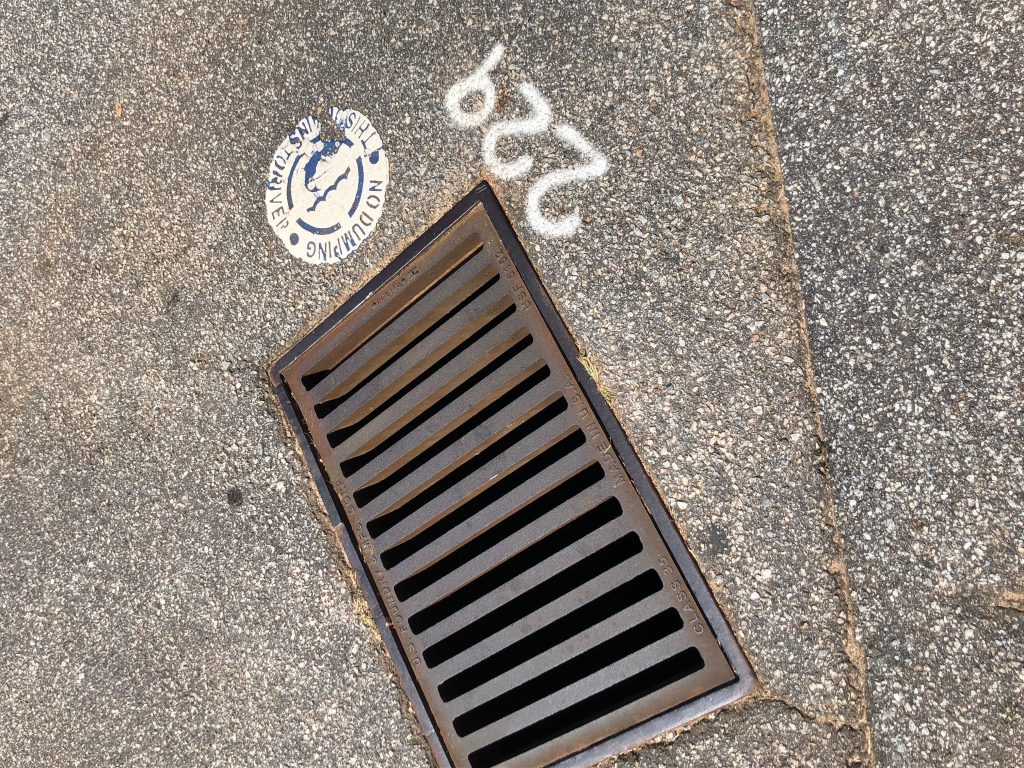
Watershed Reflection- David Wang


In this picture I see a discarded tire by the Lily Branch stream, surrounded by natural growth. I noticed that the tire was fairly close to the water, not just off in the trees, and because there were plants growing out of the tire I could tell it had been there for a while. Seeing this here makes me think about how careless we can be with our possessions, tossing them to the side when we’re done with them. Looking at it, I am disappointed in the human race for ruining a naturally beautiful and clean water source. I think this picture is about people not caring for the nature around them and not understanding the importance of things like the Lily Branch.

In this picture, you can see a metal sculpture that had been placed in a ditch just outside of the Lamar Dodd School of Art. When I look at it, I immediately notice that the metal is rusted, meaning quite a bit of water has touched most of the sculpture. This means that despite the ditch looking relatively shallow and wide, it does its job of directing water to the main channel quite well. I also notice that the structure looks somewhat like a cornucopia, possibly symbolizing the positive effects that a proper watershed network can have on a community. I wonder if this was constructed where it was due to the insight or ideas of an art student with interests in biology, agriculture, or something else having to do with watersheds.


In this picture, I see the Lily Branch Stream with its eroded bank the focus of the picture. What immediately jumps out to me about this picture is the drastically eroded bank of the stream. Instead of the gradual decline that comprises most banks, the Lily Branch’s bank drops straight off like a cliff. This picture makes me think of water and just how powerful of a force it is. The erosion displayed in the picture tells the viewer water is a force that commands their respect and attention. This photo highlights the importance water management and watershed maintenance plays in the town of Athens. When I look at this picture I feel motivated to learn more about watersheds and water management so I can aid in the battle to keep Athens healthy and beautiful. The photo makes me realize there is much more I could be doing to help. I think this picture is about watershed management and, more specifically, erosion.
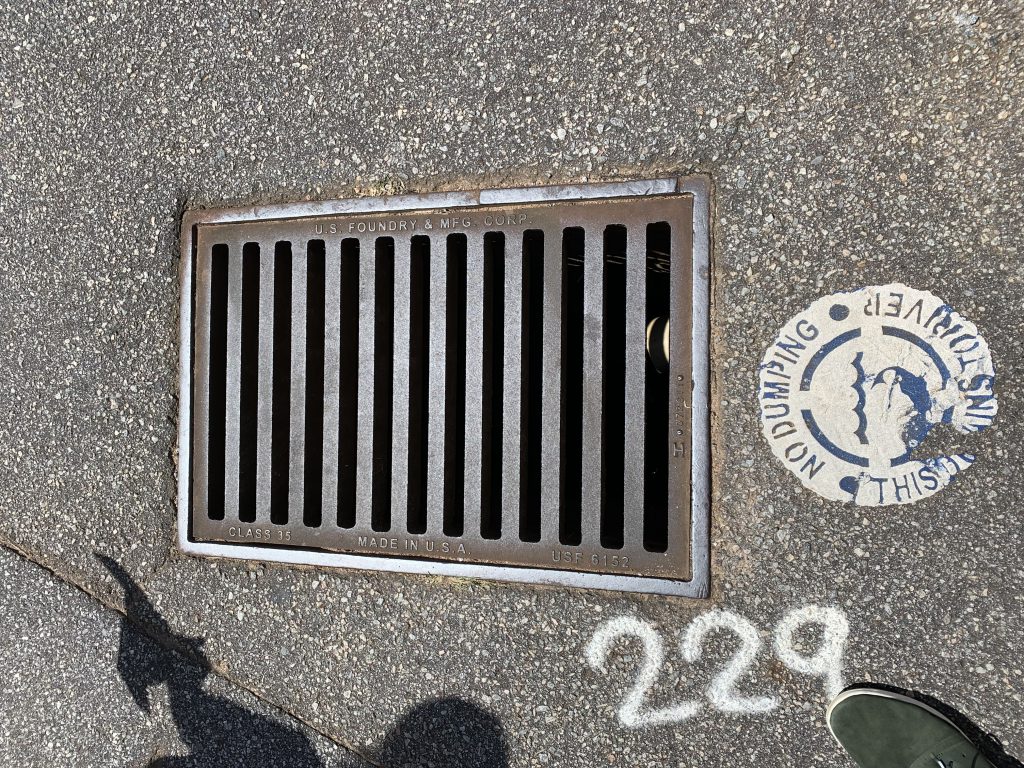
Hey! I’m Richard Yones, and this is my Watershed Reflection.
In this picture, there is a storm drain cover with a “No Dumping” sign next to it. This storm drain was found near the UGA Veterinary College building. What I noticed about this picture is not the particular drain sign, but instead the numerous storm drains labeled as such on campus. If I had a penny for every “No Dumping” sign we saw on this scavenger hunt alone, I would probably have about 13 pennies (honestly, that’s a lot of pennies). That being said, this one picture alone obviously doesn’t capture the number of storm drains in the area, much less the whole campus. Before coming to UGA, I had never seen a “No Dumping” sign by a storm drain; I didn’t even know they existed. I believe many people would walk past the drains on campus and write them off as just useless holes in the ground, and most people wouldn’t even care enough to read the signage. The reason that we cannot dump things into the storm drain is that it leads directly to the river. The presence of so many storm drains like this one tells me that UGA is a college campus that values its environment and the land it lives on. In a world that has little regard for water safety, it is comforting to see notices like this posted all over campus.
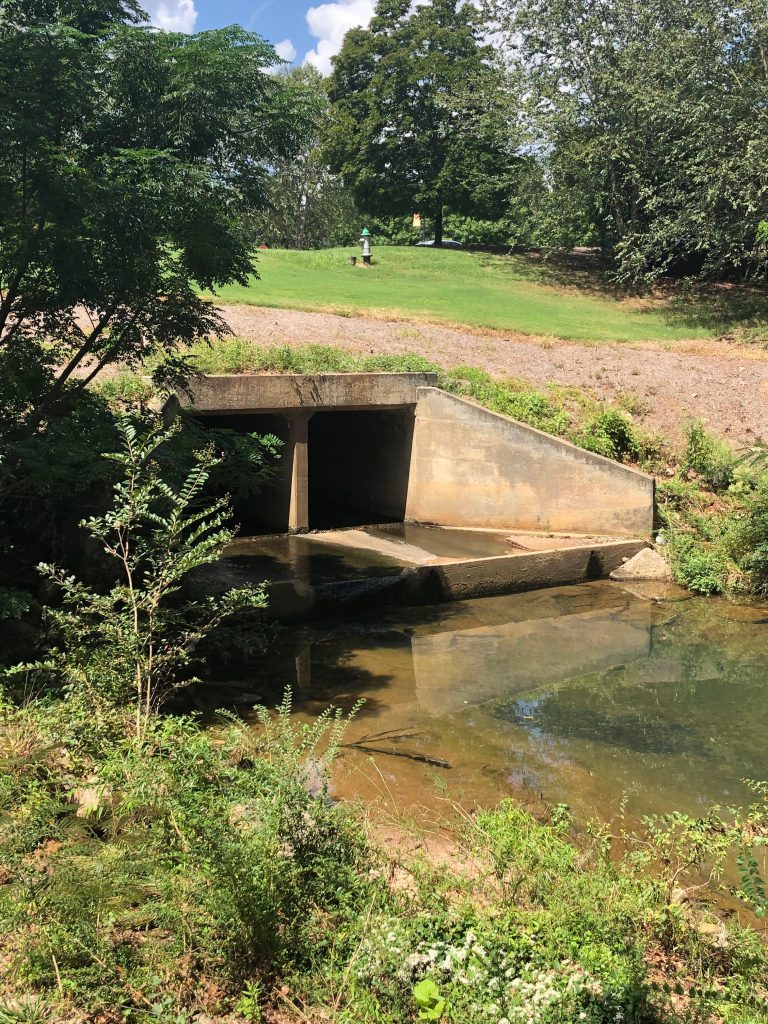
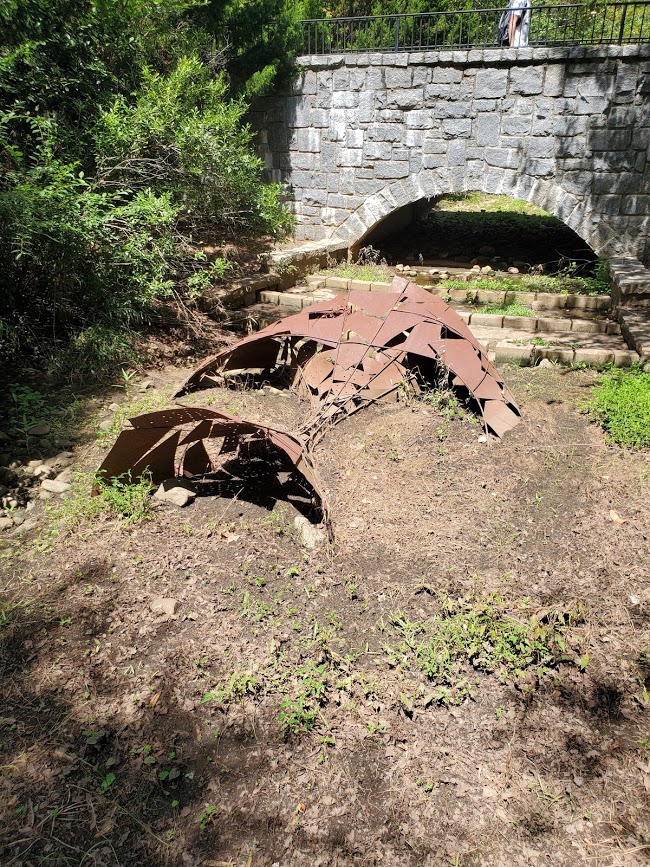
In this picture, I see a piece of art work in the riparian buffer. What really struck me was all of the sediment around the art and the plant growth in the surrounding area as well as the lack of water in the immediate area. The picture made me think about the maintenance that is require for both art installations as the sculpture appears to be very rusted. It also made me think about how the lack of water in certain areas of a stream can affect the health of the riparian buffer. When I look at this picture I feel the need to understand how this area has changed over the years and what it looked like when the art was first installed. I feel like we need to make an effort to restore it. I think this picture is about how a watershed changes overtime whether it be naturally or through human actions.
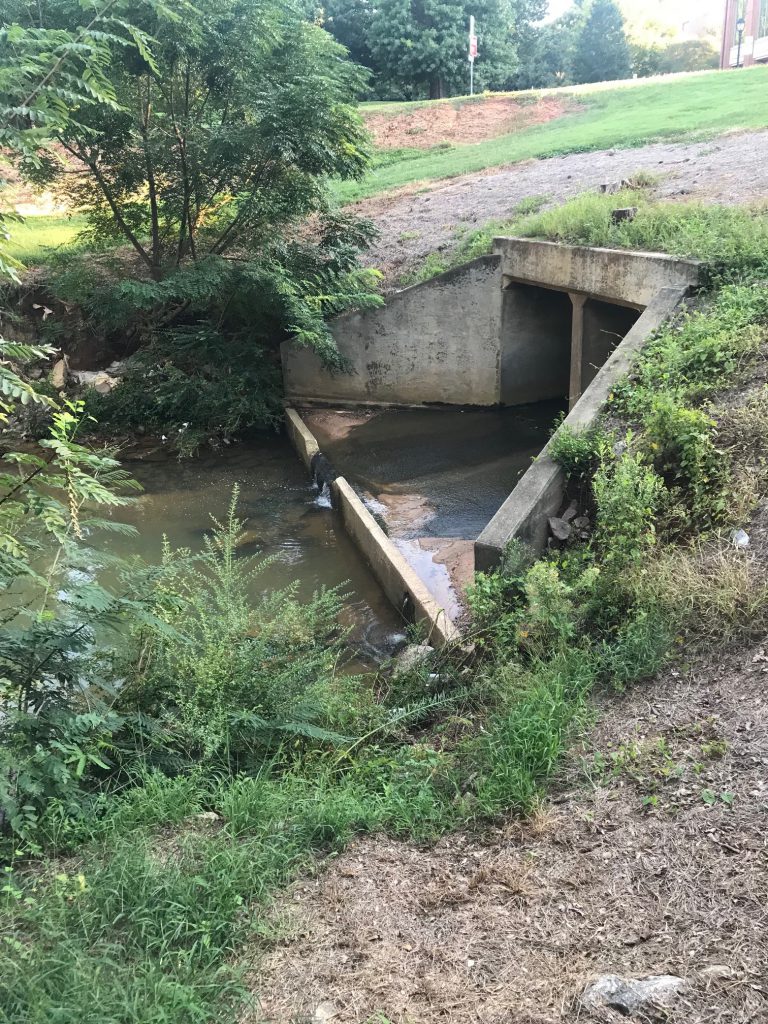
In the picture, I see water flowing from underground into a stream at UGA. What really strikes me is that I do not know where this water is coming from. When I look at this picture, I think about the storm drain I saw on the way there labeled “do not dump, drains to river.” I wonder if that drain leads to what I am looking at here. I feel curious when I look at this picture and feel like I, as well as my classmates, should know more about the watershed program so we can help out environment more.
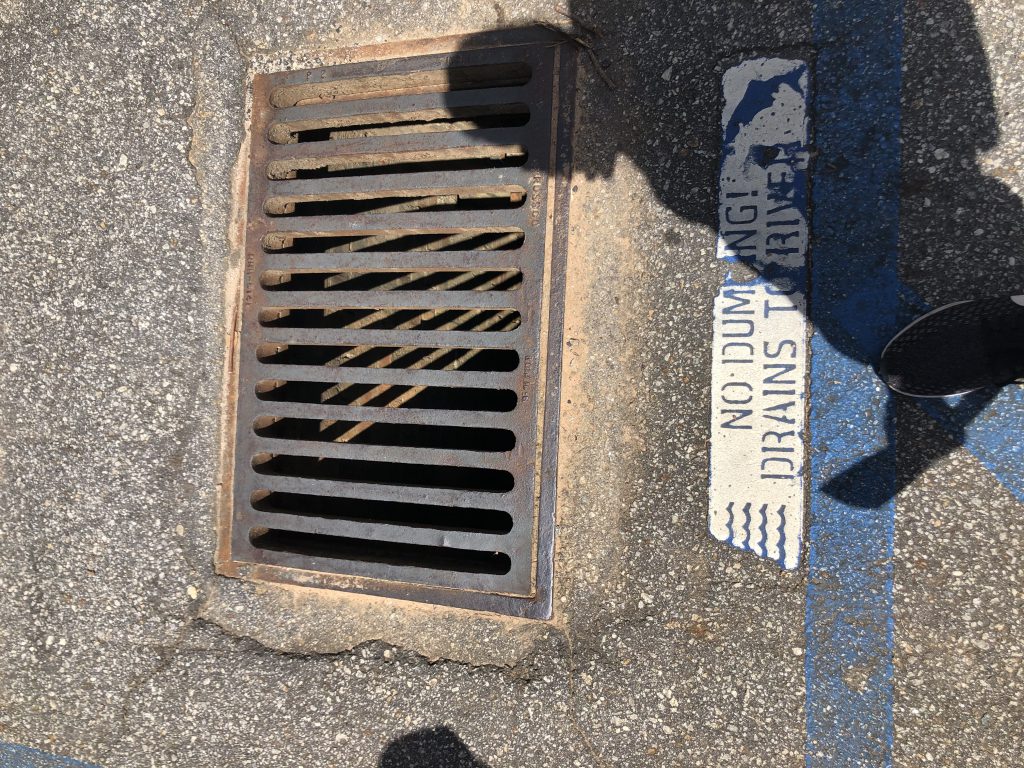
In this picture, I see a drain labeled “No dumping! Drains to river”. I have never seen a drain like this before, which struck me. This makes me think of how rain combined with pollution on the streets can easily drain to the river with this feature. When I look at this picture, I feel a need to to better, find better ways to protect our environment. I think this picture is about our society thinking of simple solutions, not complex which actually have better chance of saving our environment.